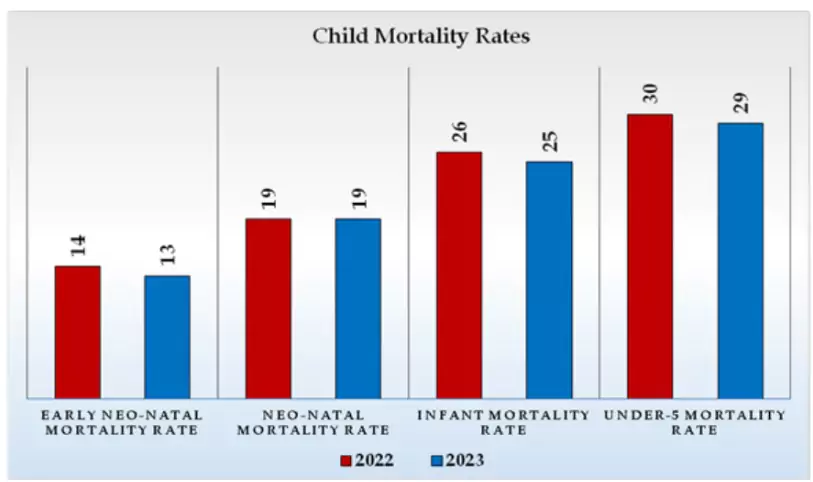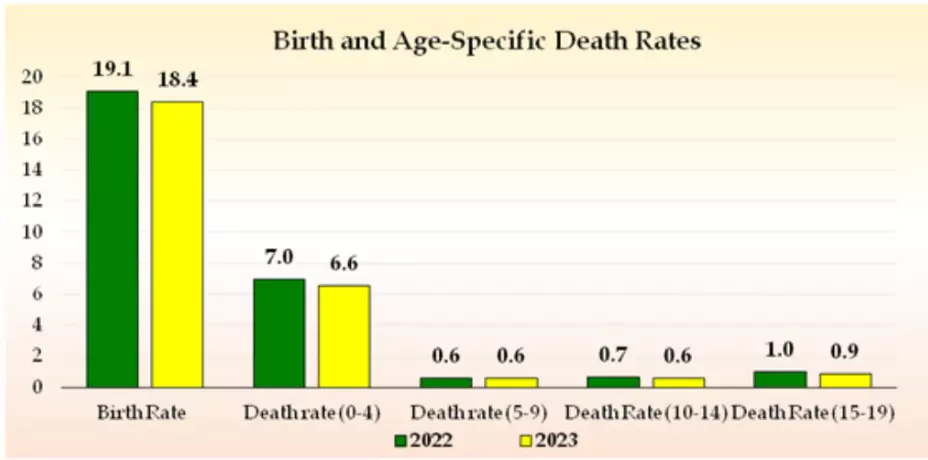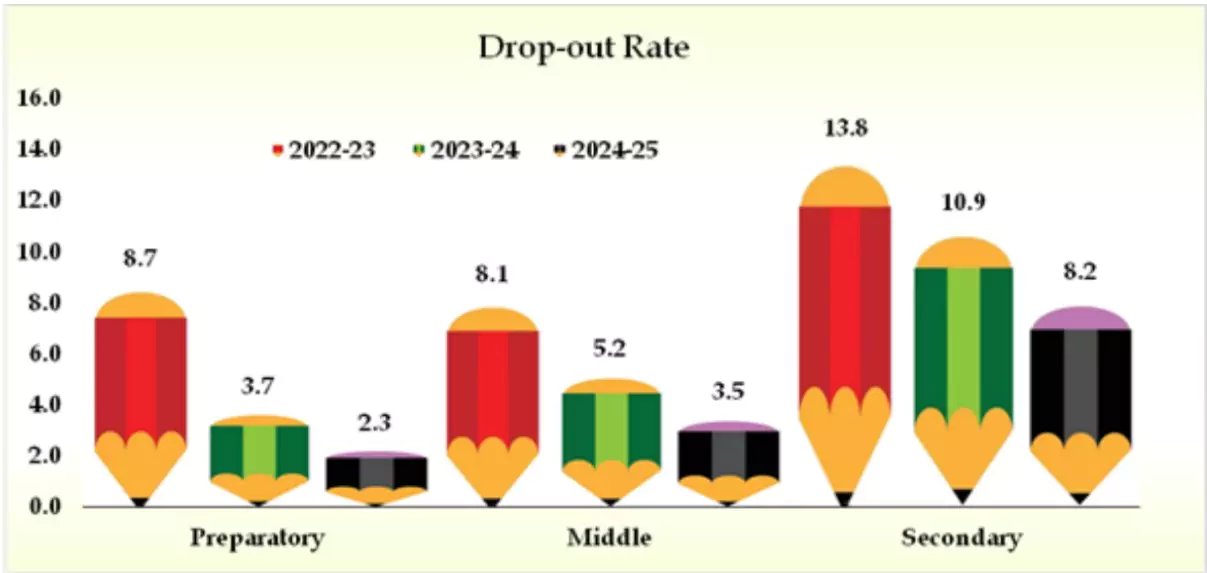| National Policies & Charters |
- National Policy for Children (NPC): Focuses on comprehensive health, nutrition, education, recreation, and protection, especially for SC/ST and marginalized children.
- National Charter for Children (2004): Commits to ensuring survival, nutrition, education, empowerment, and protection from abuse and exploitation.
- National Plan of Action for Children (2005): Aligns with UNGA Special Session goals, Tenth Five-Year Plan targets, and state-specific programs.
- Global Commitments: Aligned with UNCRC, Millennium Development Goals (MDGs), and SAARC conventions on child welfare and anti-trafficking.
|
| Legal Provisions |
- Prohibition of Child Marriage Act, 2006: Prohibits child marriages, penalizing violations with non-bailable offenses.
- POCSO Act, 2012: Protects children from sexual assault, harassment, and exploitation, establishing child-friendly courts and procedures.
- Juvenile Justice Act, 2015: Ensures protection of children in need of care and those in conflict with the law, with a focus on rehabilitation.
|
| Health & Nutrition Programs |
- Integrated Child Development Services (ICDS): Offers nutrition, immunization, health check-ups, referral services, preschool education, and health education through Anganwadi centers.
- National Nutrition Mission & PM Gramodya Yojana: Targets malnutrition, especially in backward and tribal regions.
- Reproductive and Child Health Programme (RCH): Provides immunization, micronutrient supplementation, and adolescent reproductive health services.
- Pulse Polio & Universal Immunization Programme: Covers all children under five for immunization and neonatal care.
|
| Education Initiatives |
- Sarva Shiksha Abhiyan (SSA): Ensures universal elementary education, improving infrastructure and bridging gender gaps.
- Kasturba Gandhi Balika Vidyalaya (KGBV): Provides residential schools for marginalized girls, ensuring access to quality education.
- Mid-Day Meal Scheme: Supports enrollment, retention, and nutrition for school-going children.
- National Programme for Girls’ Education: Targets dropouts, working, and disadvantaged girls, empowering them through education and community engagement.
|
| Child Protection Measures |
- Integrated Programme for Street Children & Juvenile Justice Schemes: Provides rehabilitation, foster care, and institutional care for vulnerable children.
- Child Helpline (1098): A 24/7 toll-free service across 72 cities, offering emergency assistance to children in distress.
- Shishu Greh Scheme: Facilitates in-country adoption and sets minimum care standards for orphaned/abandoned children.
- Elimination of Child Labour: 150 National Child Labour Projects provide vocational training, education, and rehabilitation.
- Pilot Projects for Combating Trafficking: Protects women and children from commercial sexual exploitation in source and destination areas.
|
| Global Initiatives & Commitments |
- Alignment with UNCRC: India’s child welfare programs align with the UN Convention on the Rights of the Child (UNCRC), committing to international standards for children’s rights and protection.
- Millennium Development Goals (MDGs) and SAARC Conventions: India is committed to international goals related to child survival, protection, and welfare.
|
![]() 27 Sep 2025
27 Sep 2025


 Adoption Trends: In-country adoptions increased to 4,155 (2024-25), with female children adopted more frequently than males.
Adoption Trends: In-country adoptions increased to 4,155 (2024-25), with female children adopted more frequently than males. States with Highest Prevalence: West Bengal (67%), Sikkim (64%), Nagaland (55%), Assam (57%), Jammu & Kashmir (50%)
States with Highest Prevalence: West Bengal (67%), Sikkim (64%), Nagaland (55%), Assam (57%), Jammu & Kashmir (50%)